
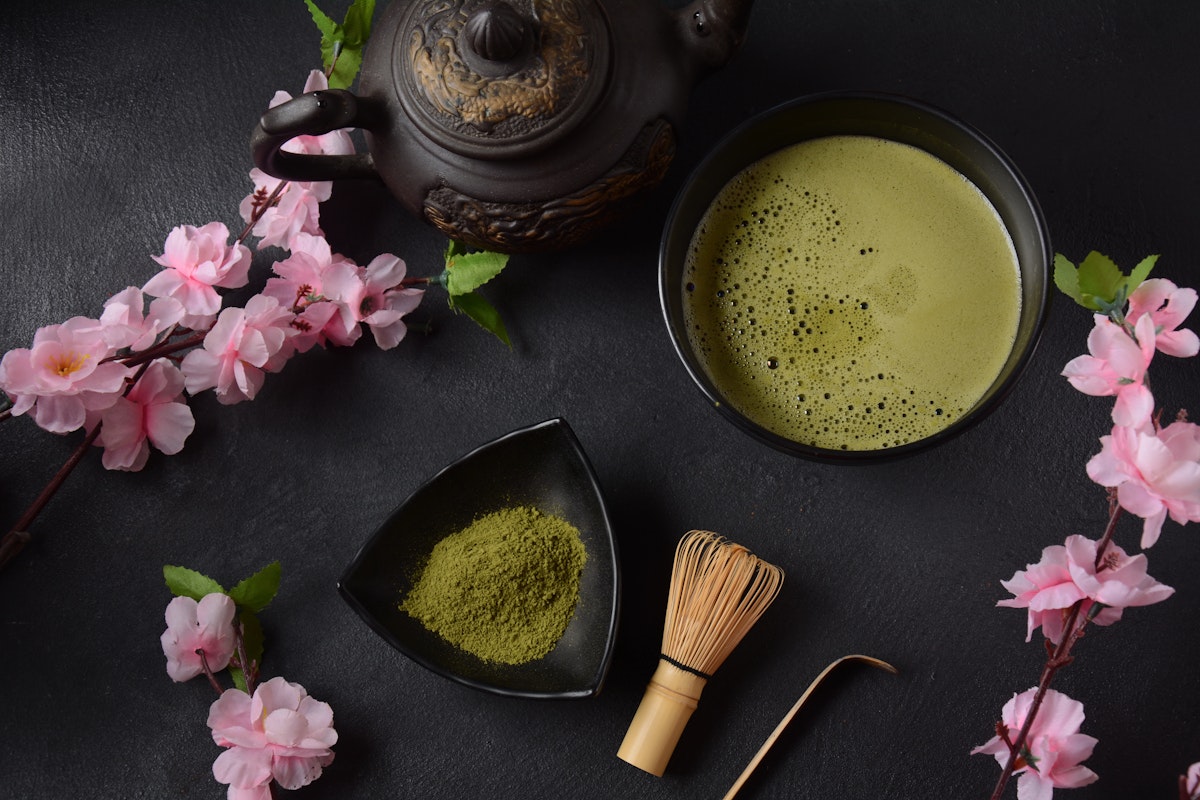
The Japanese tea ceremony, known as chanoyu (also called cha-no-yu), is a cherished tradition in Japan that offers more than just a cup of tea. It is a thoughtful and meaningful experience that brings people together and encourages mindfulness.
Every aspect of the ceremony, from preparation to serving, is done with great care and respect, reflecting Japan's deep cultural values.
In this guide, you'll learn about the history, meaning, and different styles of Japanese tea ceremonies, along with practical tips on how to experience one for yourself.
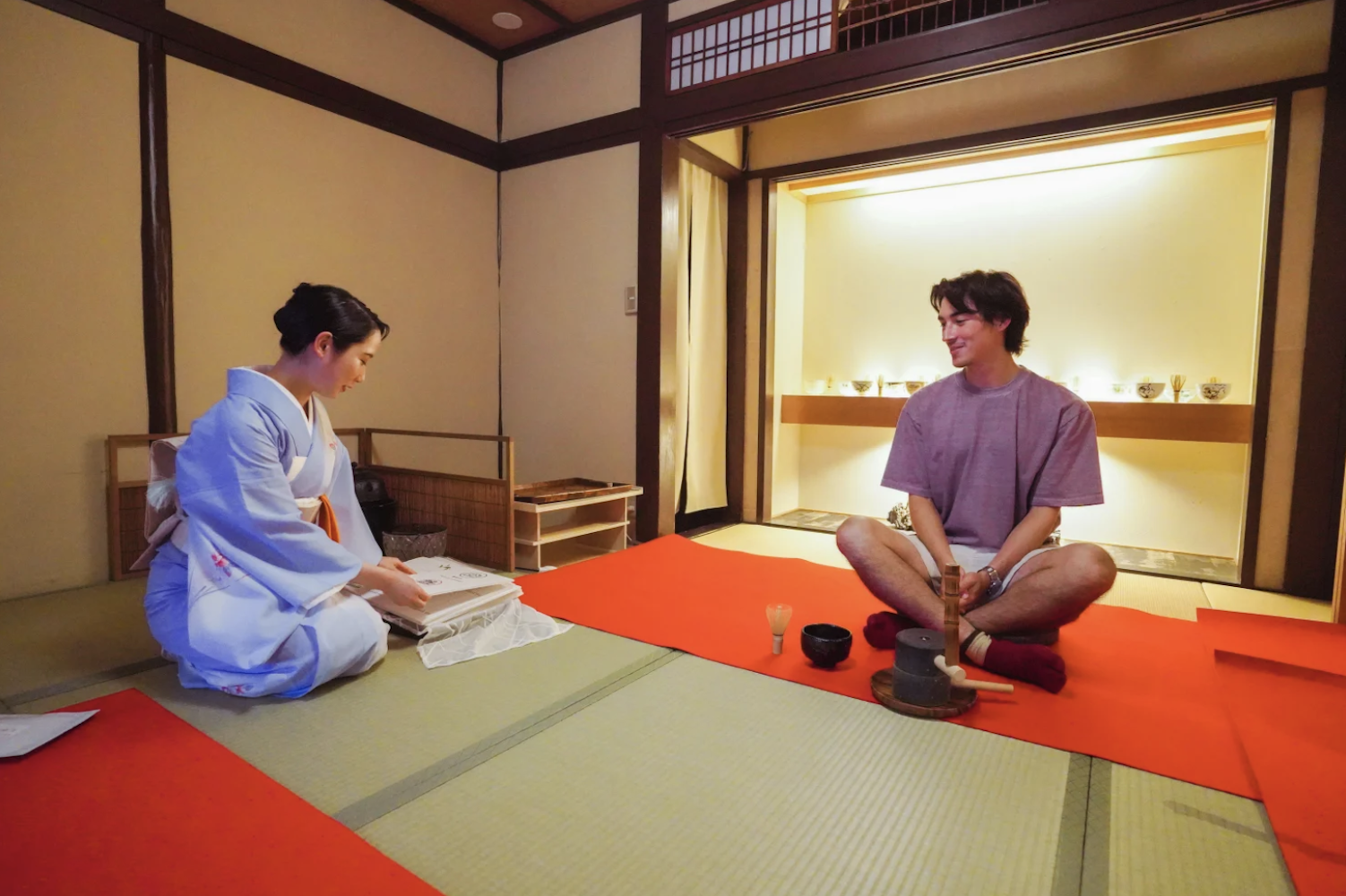
The origins of chanoyu can be traced back to the 9th century when Buddhist monks first brought tea from China to Japan. Initially, tea was consumed for its medicinal properties and as an aid in meditation practices. However, by the 12th century, the influential monk Eisai popularized tea drinking among the samurai class, leading to the development of tea culture in Japan.
During the 15th and 16th centuries, chanoyu evolved into an art form under the guidance of tea masters such as Murata Jukō and Sen no Rikyū. Sen no Rikyū, in particular, is credited with shaping the modern tea ceremony by emphasizing simplicity, rustic aesthetics, and the spirit of wabi-sabi (appreciation of imperfection and impermanence).
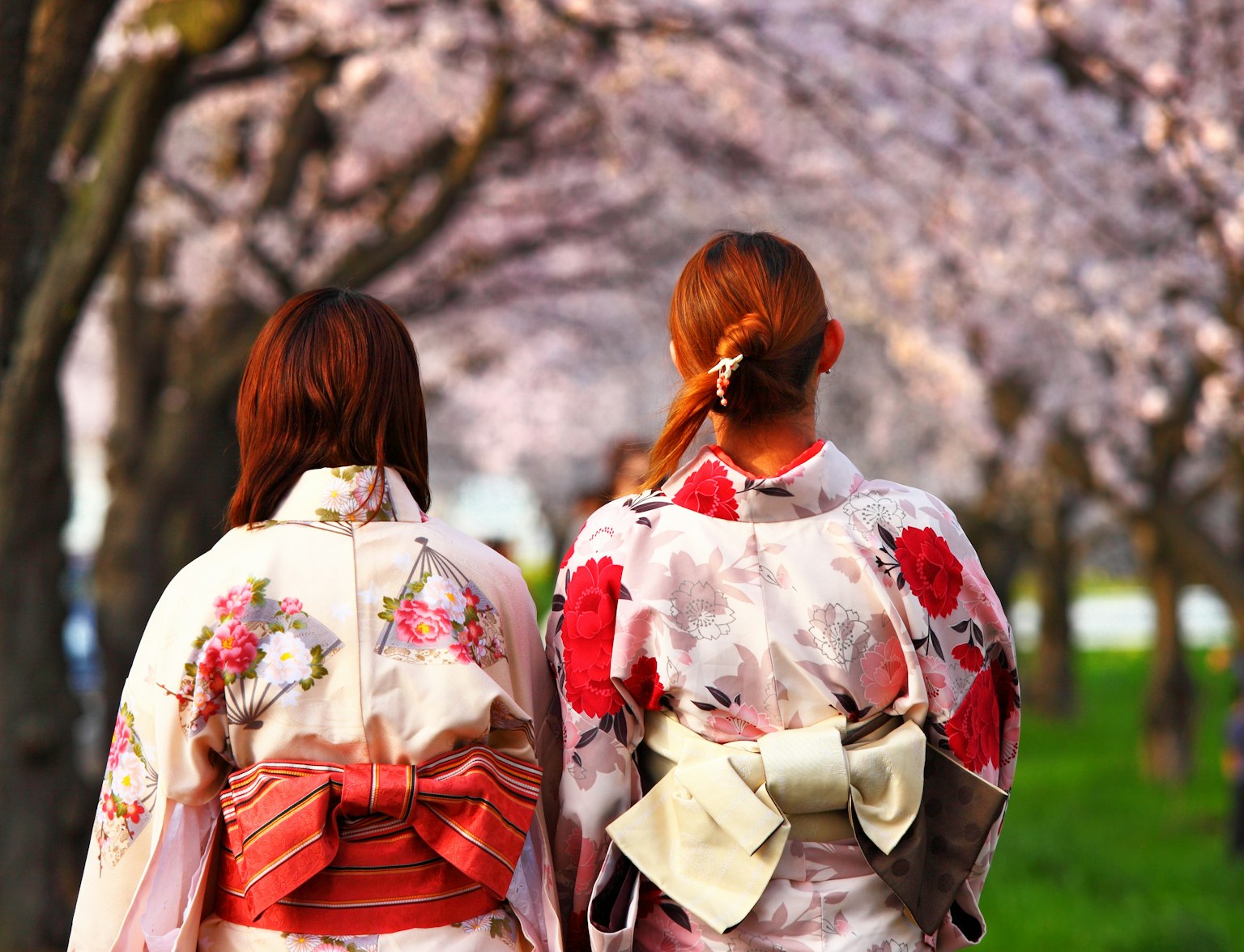
Experience the elegance of Japanese culture with a private kimono dressing and tea ceremony in Tokyo, led by experts in a picturesque setting.
At its core, chanoyu embodies four key principles, known as the "Four Spirits of Tea":
Wa (Harmony): The balance between people, nature, and the surroundings.
Kei (respect): showing appreciation to guests, utensils, and the space.
Sei (Purity): maintaining cleanliness, both physically and spiritually.
Jaku (Tranquility): achieving inner peace through the practice of tea.
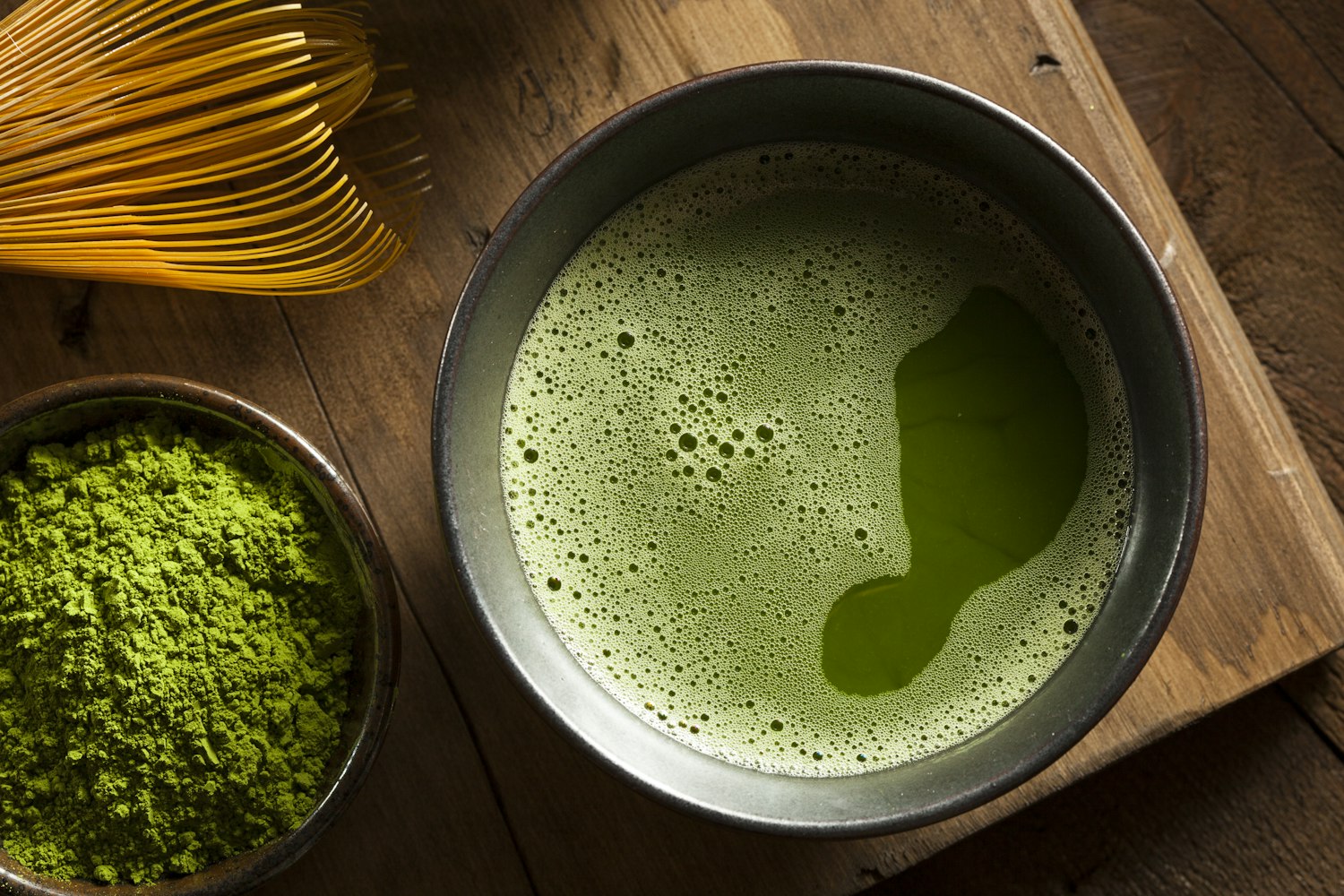
There are several types of Japanese tea ceremonies, each with its own style and occasion. Some of the most common types include:
Chakai (茶会): A casual gathering where guests enjoy thin tea (usucha), sweets, and light refreshments.
Chaji (茶事): A formal, elaborate tea gathering that includes a kaiseki meal, thick tea (koicha), and thin tea.
Seasonal Tea Ceremonies: Special ceremonies, such as the New Year's tea ceremony (Hatsugama), are held to celebrate seasonal changes.
The Japanese tea ceremony involves several key elements, each playing a crucial role in the overall experience:
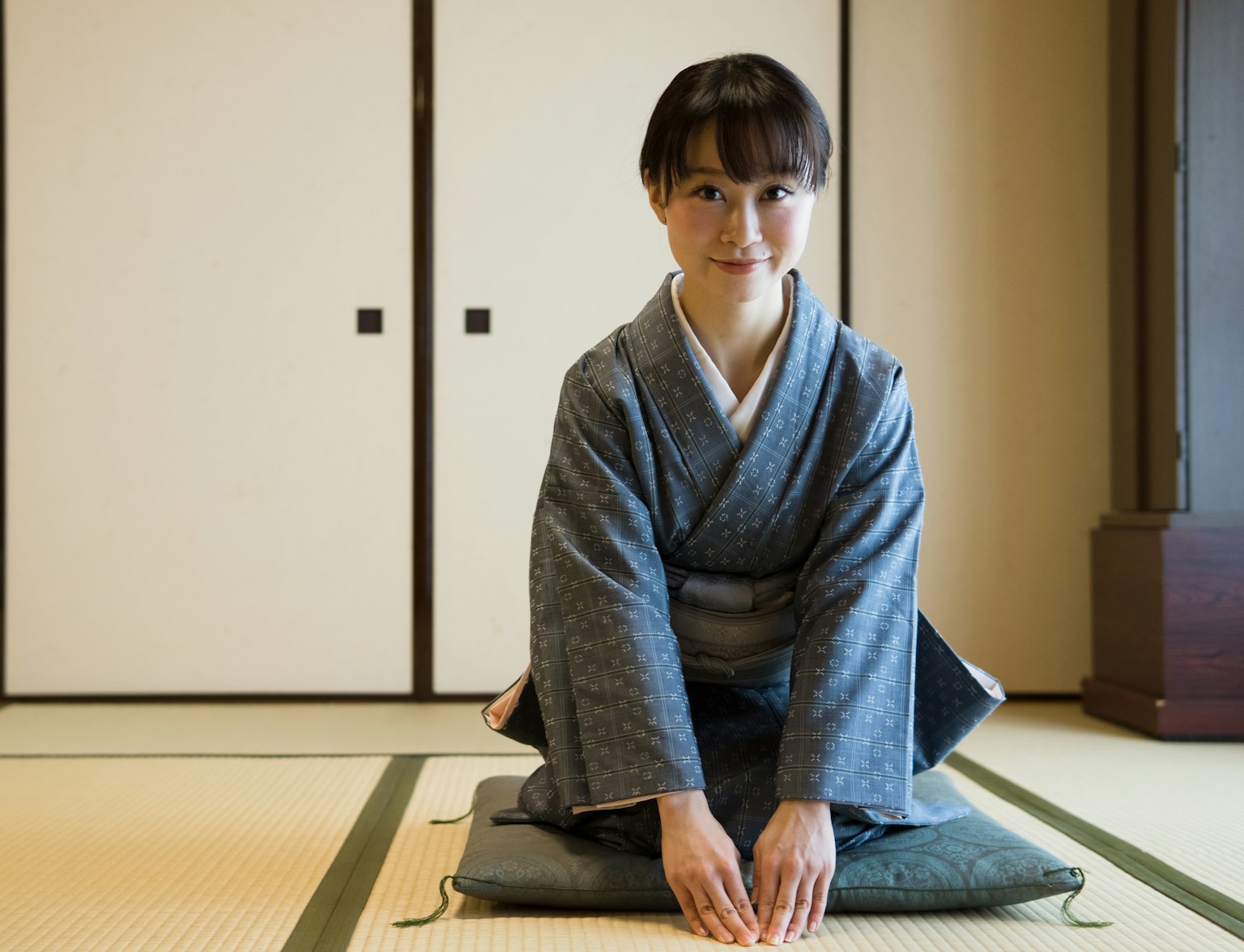
Experience the serenity of Kyoto through a traditional tea ceremony at the hidden Hakusa Sonso Hashimoto Kansetsu Garden, guided by a descendant of a samurai family.
The chashitsu is a special tea room designed to create a calm and peaceful environment for the tea ceremony. It is usually a small space with tatami flooring, which is a type of soft mat made from woven straw.
The room is kept simple, with minimal decorations such as a hanging scroll or a small flower arrangement. The entrance to the tea room is often low and small, which encourages guests to bow as they enter, symbolizing humility and equality among all participants.
The utensils used in chanoyu are carefully chosen for their aesthetic and functional qualities. Some of the essential utensils include:
Chawan (茶碗) - The tea bowl used to serve the prepared tea.
Chasen (茶筝) - A bamboo whisk used to froth the powdered tea.
Chashaku (茶挙) - A bamboo scoop used to measure the tea powder.
Natsume (夏目) - A container for thin tea (usucha).
The tea used in chanoyu is powdered green tea, known as matcha. There are two primary types:
Koicha (濃茶) - A thick, rich tea with a strong umami flavor, typically shared from a single bowl.
Usucha (薄茶) - A thinner, lighter tea served individually to guests.
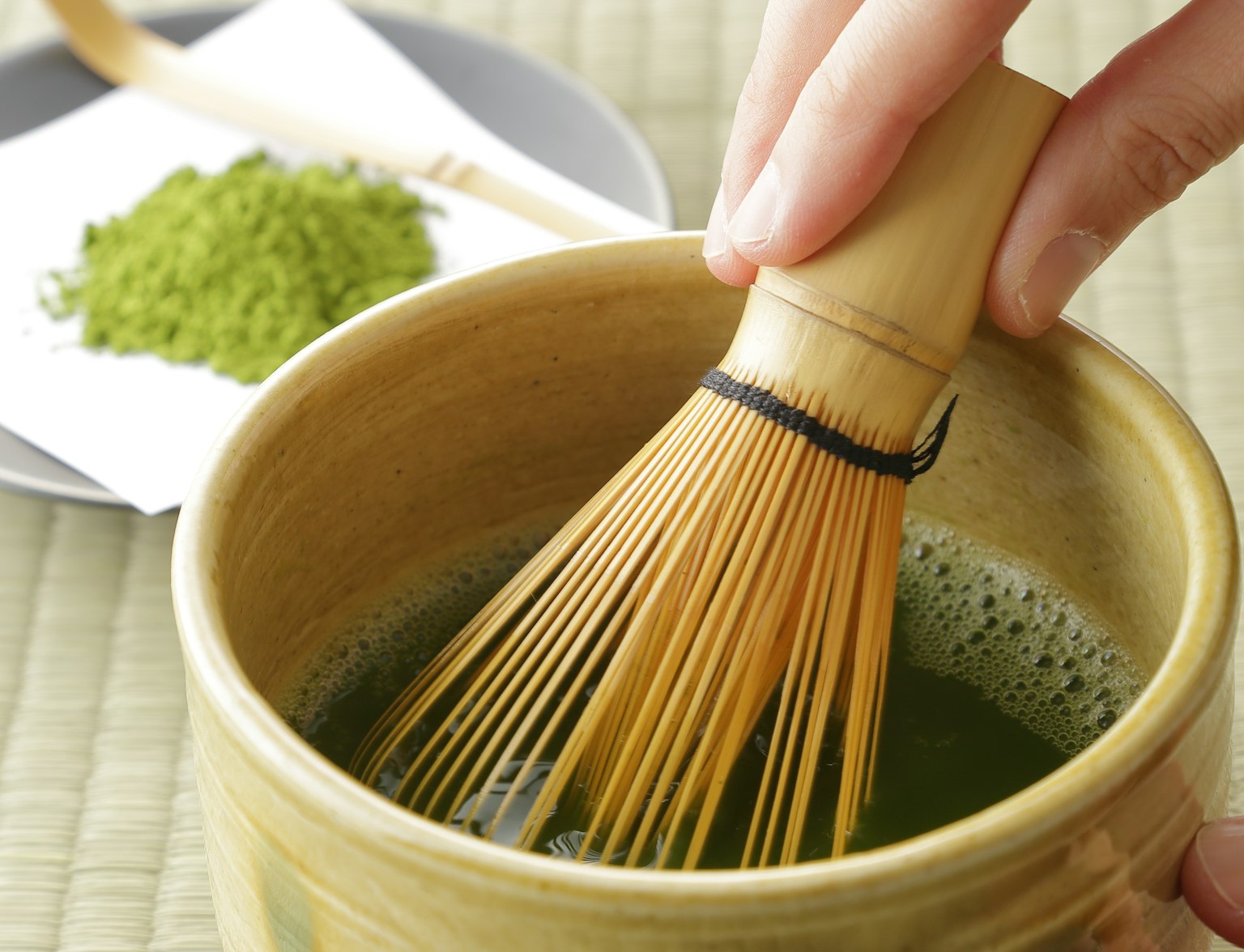
Experience a traditional Japanese tea ceremony in a 300-year-old temple in Miyajima.
Guests play an important role in the tea ceremony and must follow specific rules to show respect and appreciation. Upon entering the tea room, guests should bow and move quietly to their designated seating.
They should admire the decorations, such as the hanging scroll or flower arrangement, as a sign of appreciation for the host's efforts. When served tea, guests should bow before receiving the tea bowl, rotate it slightly before drinking, and take small, respectful sips.
After finishing the tea, they should place the bowl carefully and express gratitude to the host with kind words and a bow. Following these customs ensures that the tea ceremony is a harmonious and enjoyable experience for everyone.
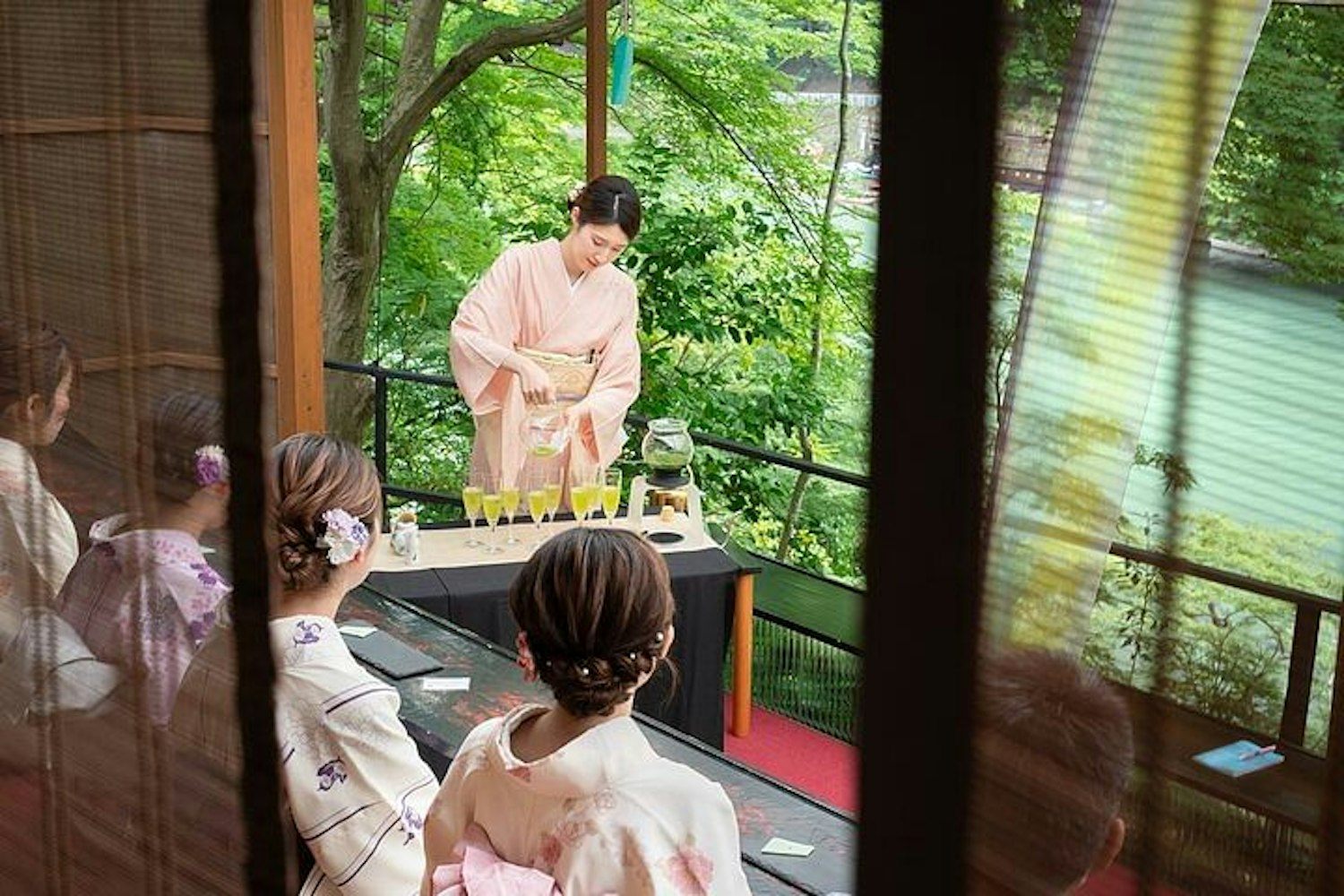
A traditional cha-no-yu follows a series of carefully orchestrated steps. These include:
Preparation - The host meticulously arranges the utensils and cleans the tea room.
Welcoming Guests - Guests enter the tea room and observe the decorations, such as hanging scrolls or flower arrangements.
Purification - The host ritually cleans the tea utensils in front of the guests.
Tea Making - Matcha is scooped, whisked, and served to guests in a precise manner.
Appreciation - Guests admire the utensils and drink the tea with respect.
Concluding the Ceremony - The utensils are cleaned again, and the guests express their gratitude before departing.
The Japanese tea ceremony, or chanoyu, offers a unique way to experience Japanese culture and tradition. It teaches important values such as mindfulness, respect, and simplicity.
Through its rituals, participants learn to appreciate the beauty of small details and develop a deeper connection with others. Whether experienced in a formal setting or practiced at home, chanoyu provides meaningful lessons that can be applied to everyday life, encouraging a more thoughtful and harmonious way of living.



